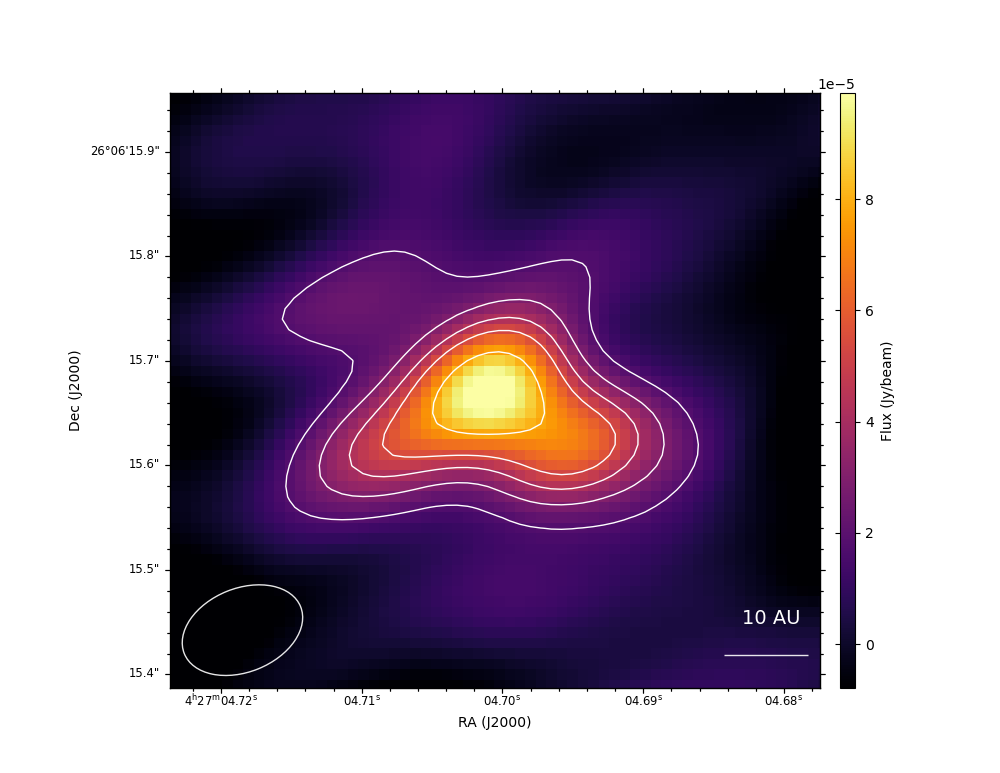News
By Alyssa Guzman
Published
Feb. 3, 2024, 6:12 p.m. ET
Far-out!
NASA has discovered a “super-Earth” that may be habitable — and it’s “only” 137 light-years away.
“By astronomical standards, that’s not too bad!” the agency insisted on X about the planet dubbed TOI-715 b.
The planet is approximately one and a half times larger than Earth and completes a full orbit in just 19 days, NASA revealed.
Additionally, the space rock has a “conservative” habitable zone around its parent star, indicating the potential for liquid water on its surface, which is crucial for supporting life forms.
A second, smaller planet, slightly bigger than Earth, may also exist within the “conservative” habitable zone, according to NASA, which stated that the planet “might be making its appearance at just the right time.”
TOI-715 b orbits a red dwarf, which is smaller and cooler than the sun. These stars are considered the “best bet for finding habitable planets,” according to NASA.
“These planets make far closer orbits than those around stars like our sun, but because red dwarfs are smaller and cooler, the planets can crowd closer and still be safely within the star’s habitable zone,” the agency added.
The tighter orbits — in this case, 19 days — allow scientists to observe the planet more frequently.
One side of the planet always faces its star, leading to potentially vast temperature differences.
Planet TOI-175 b now joins the list of potentially habitable planets that the Webb telescope can examine for signs of an atmosphere, the space company stated.
Exoplanets are worlds located outside our solar system and have been studied by the James Webb Space Telescope since 2018.
“Much will depend on the planet’s other properties, including how massive it is and whether it can be classed as a “water world” — making its atmosphere, if present, more prominent and far less difficult to detect than that of a more massive, denser and drier world, likely to hold its lower-profile atmosphere closer to the surface,” NASA said.
The planet was discovered by a team of international scientists led by Georgina Dransfield of the UK’s University of Birmingham last month.
Load more…
Copy the URL to share













